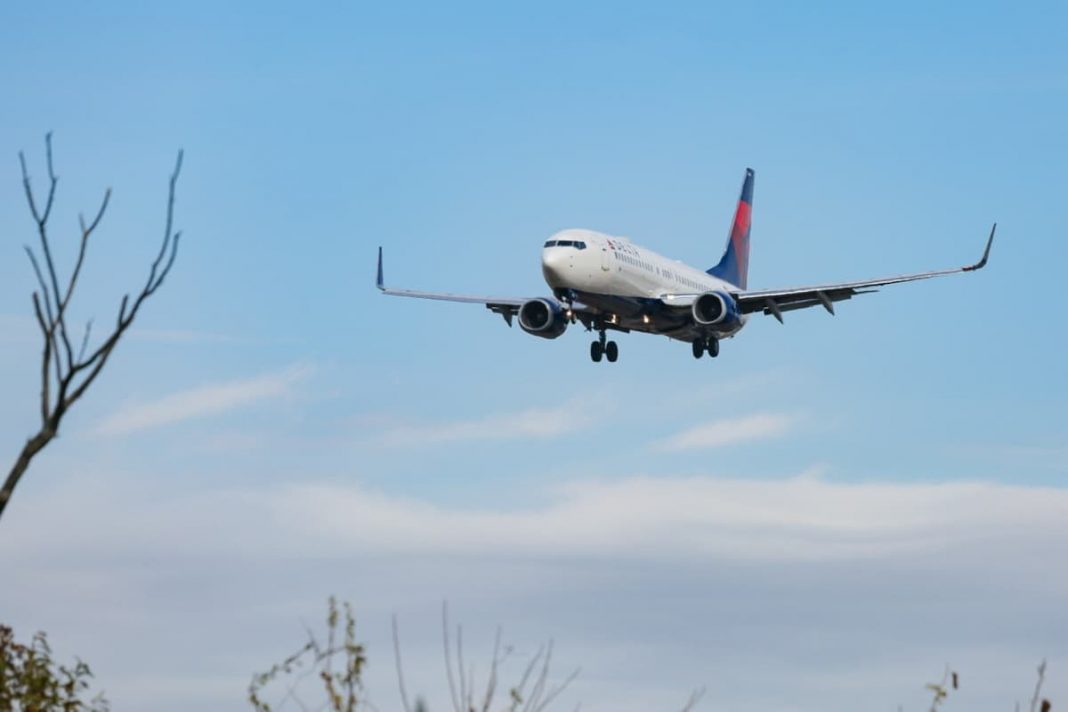The Boeing 737 has been an integral member of Delta Air Line’s fleet since 1983. The Atlanta-based carrier has acquired various models of the narrowbody. Let’s take a look at why the operator took the type on in the first place.

A need for change
During the early 1980s, like many other airlines in the United States, Delta was feeling the effects of the economic recession and airline deregulation. Above all, competition was rife, and several operators were finding it had to stand out. Therefore, according to the Delta Flight Museum, the carrier was looking to resize its fleet to add efficient, smaller jets to compete well in the domestic market.
Altogether, the airline agreed with Boeing to trade 11 11 aged Lockheed L-1011 Tristars for 33 Boeing 737-232s over a period of two years. Boeing subsequently acquired TriStars and leased 737s to Delta. At the time, this move was seen to be one of the largest deals of its kind.
The model 232 is a short-range, twin-jet plane. Out of its main hubs such as Atlanta, Boston, Cincinnati, and Dallas/Fort Worth, it was able to rival local carriers while expanding on short and medium-haul routes. Moreover, passengers benefitted by the provision of an increase in nonstop service in smaller airports.
The 737-232 could carry 33% more payload and had double the range of the -100. It was also six feet longer than its predecessor. Delta was also looking forward to putting the plane’s improved technology to good use.
For instance, it could take off more easily on very short runways. It also had new digital equipment to reduce fuel burn, and its two Pratt & Whitney JT8D-15A engines provided improved fuel-efficiency.

Getting the ball rolling
Ultimately, Delta received its first unit in October 1983 and introduced it on December 1st of that year. The first flight was a trip from Dallas/Fort Worth to Atlanta via Memphis. Just six days later, the 1,000th 737 produced by Boeing was delivered to Delta In the form of fleet number Ship 306.
In 1999, Delta acquired its first 737-800 units. These jets seated 154 passengers in a 2-class configuration. Moreover, they were backed by two CFM56-7B engines. A new wing design also enabled the plane to reach higher cruising speeds than earlier 737 models.
Meanwhile, passengers could take advantage of more space in the overhead bins. Additionally, those in business class were treated to redesigned seats with footrests.
According to the Delta Flight Museum, former Delta Managing Director-Latin America, Rudi Forster said the following about Delta’s 737-800 order at the time.
“We ordered the new Boeing 737-800 with Central America routes in mind…The use of a brand-new aircraft in Latin America underlines Delta’s strong commitment to success in the market. The Boeing 737-800 is the perfect aircraft for shorter international flights, such as Delta’s flight from Atlanta to Guatemala City.”
Further additions
The 737-800 is still a prominent member of the carrier’s fleet. However, in 2006, the company was operating under bankruptcy protection. Therefore, it started to plan to ramp-up international schedules at the expense of some domestic flights. With this transition, it sought to sell 38 -800s that were on order and take on other Boeing models, such as the 737-700.
The -700 is smaller than the -800, arriving with 124 seats on board when ten units joined Delta in August 2008. However, they were useful in serving smaller and developing market segments. They subsequently replaced the older MD-80 jets in the firm’s holdings.
The Delta Flight Museum shares that former Delta Managing Director of Fleet Planning and Acquisition, Mel Fauscett, said the following about the -700 deliveries:
“The 737-700 is a better fit for the current needs of our network, providing flexibility in our fleet to fly longer, thinner domestic routes while at the same time supporting our international expansion to Latin America and the Caribbean.”

The airline also began taking on the first of its 100 737-900ERs in September 2013. This model was acquired to handle long-haul domestic flights and replace less fuel-efficient fleet members such as its older Airbus A320s, Boeing 757s, and 767s.
The story is not over
According to Planespotters.net, Delta today holds 208 Boeing 737s in total. However, this summer, Delta shared that it plans to retire its remaining 737-700 by the end of the year. Nonetheless, it’s unlikely that the carrier will be phasing out the type as whole in the near future.
What are your thoughts about Delta Air Lines’ Boeing 737 aircraft? Share your experiences of flying on the jet over the years. Let us know what you think of the type in the comment section.
[ad_2]
Source link


